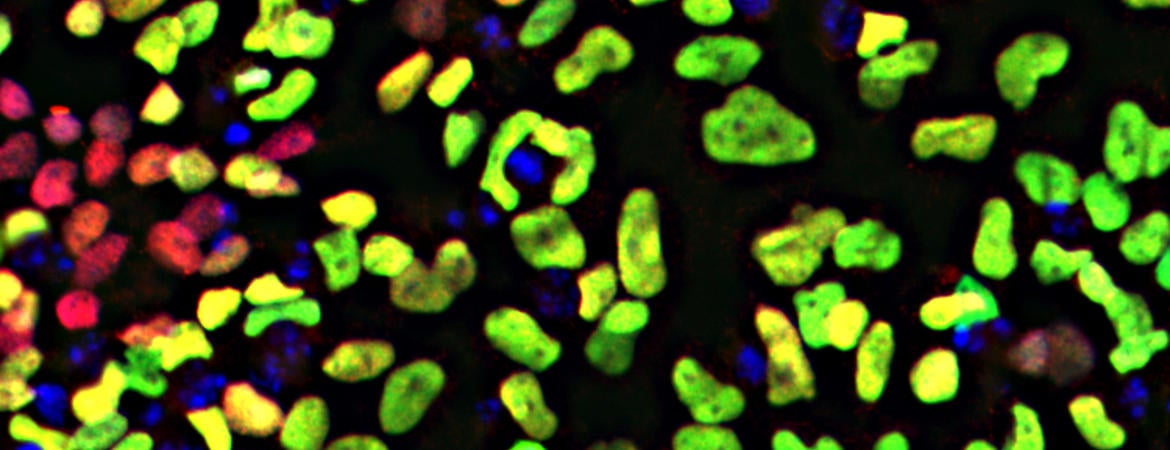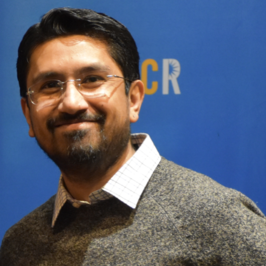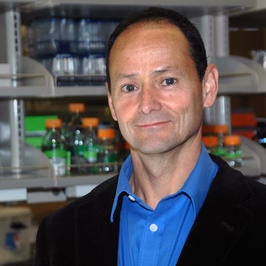
Last year, researchers at the University of California, Riverside, identified the early origins of neural crest cells — embryonic cells in vertebrates that travel throughout the body and generate many cell types — in chick embryos. Now the researchers have used a human model to figure out when neural crest cells acquire distinctive molecular and functional attributes.
The study, published in Stem Cell Research, provides new insight into the formation of neural crest cells and outlines transient prospective stages in their development. It also shows the neural crest lineage is distinct from pluripotent stem cells.
The neural crest is an important embryonic cell population in the developing embryo that generates cells such as neurons, glia, and melanocytes, along with cells that make up bone and cartilage. Its improper development is linked to a wide range of pathologies, from craniofacial malformations such as palate clefts to aggressive cancers such as melanoma and neuroblastoma.
“Defining the molecular signature required for the formation of the neural crest better equips us to understand human neural crest related pathologies and develop diagnostic and therapeutic efforts,” said lead study author Maneeshi S. Prasad, an assistant project scientist in the lab of Martin I. Garcia-Castro, an associate professor of biomedical sciences at the UC Riverside School of Medicine. “The knowledge of the precise time and molecular signals involved, when exactly the neural crest acquires the potential to form jaw and tooth cells, for example, will enable scientists to replicate and modulate their potential in stem cell therapies designed to aid regenerative craniofacial repair approaches, among many others.”
The study used a robust human model of neural crest formation to demonstrate a fast transition from the pluripotent stem cell state to the neural crest precursor state. According to this model, a sequential loss of pluripotency markers occurs during the pluripotent stem cell state as cells transition to neural crest cells.
“We address the precise timing when pluripotent stem cells diverge toward the neural crest cell lineage by exploring the distinctive molecular and functional attributes of early neural crest cells — something that had never been established,” Prasad said. “We also identified unique molecular signatures during the transition stages of neural crest formation from pluripotent stem cells.”
The researchers provide a high-resolution temporal map of gene expression and epigenetic changes with well-defined stages of neural crest formation they say should be a valuable resource for scientists identifying and studying the role of various genes involved in human neural crest formation.
Neural crest cells have been thought to originate in the ectoderm, one of the three germ layers formed in the earliest stages of embryonic development, but their capacity to form derivatives, such as bone- and tooth-forming cells, are in conflict with fundamental concepts in developmental and stem cell biology.
Garcia-Castro noted the study also establishes a novel in vitro specification test to determine the differentiation capacity of specified neural crest cells into other germ layers such as mesoderm and endoderm cell types. The specification test involves exposing the potentially specified cells to precise level of signals that stimulate the formation of other germ layers such as mesoderm and endoderm from pluripotent embryonic stem cells.
“Our work demonstrates that neural crest cells depart from the pluripotent stem cell state soon after the activation of Wnt signaling, an ancient and evolutionarily conserved pathway that regulates crucial aspects of the cell,” he said. “Importantly, using our novel specification test we found that prospective neural crest cells lose the mesodermal and endodermal potential characteristic of pluripotent stem cells just hours upon their induction.”
Garcia-Castro and Prasad were joined in the research by postdoctoral fellow Rebekah M. Charney and undergraduate researcher Lipsa J. Patel.
The research was funded by the National Institutes of Health.
The title of the research paper is “Distinct molecular profile and restricted stem cell potential defines the prospective human cranial neural crest from embryonic stem cell state.”





